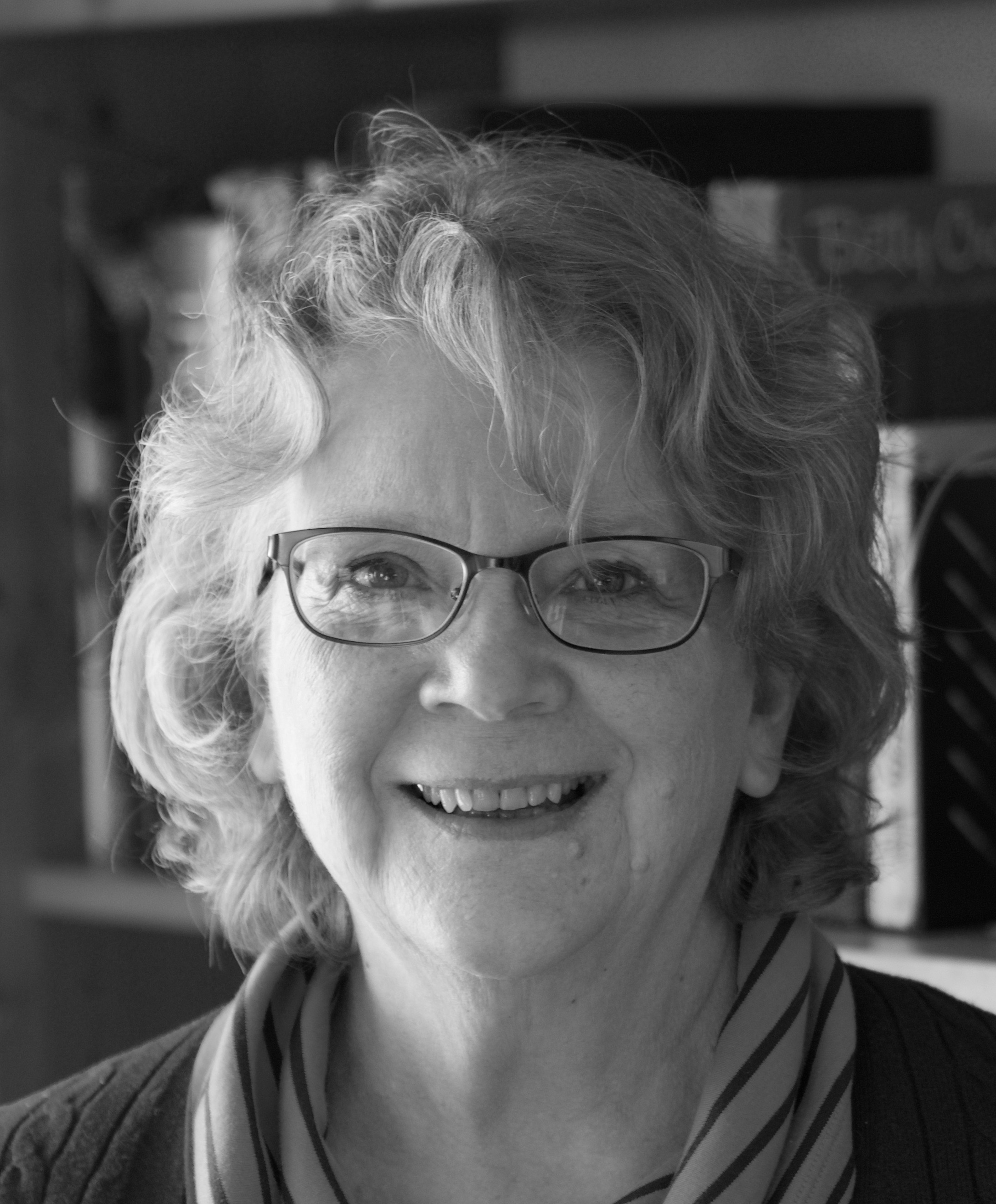Theological Term of the Week
 Tuesday, May 15, 2012 at 9:12PM
Tuesday, May 15, 2012 at 9:12PM tabernacle
The mobile place of worship constructed by the Israelites during their desert wanderings, built according to plans given by God so that he could dwell with His people.
- From scripture:
The LORD said to Moses, “Speak to the people of Israel, that they take for me a contribution. From every man whose heart moves him you shall receive the contribution for me. And this is the contribution that you shall receive from them: gold, silver, and bronze, blue and purple and scarlet yarns and fine twined linen, goats’ hair, tanned rams’ skins, goatskins, acacia wood, oil for the lamps, spices for the anointing oil and for the fragrant incense, onyx stones, and stones for setting, for the ephod and for the breastpiece. And let them make me a sanctuary, that I may dwell in their midst. Exactly as I show you concerning the pattern of the tabernacle, and of all its furniture, so you shall make it. (Exodus 25:1-9 ESV)
- From the notes of the The ESV Study Bible:
The instructions for the tabernacle (Exodus 25:1–31:17) and the description of the instructions being carried out (35:4–40:38) make up the majority of the second half of the book of Exodus. The Lord said of Israel, “I will take you to be my people, and I will be your God” (6:7), and the focus on the tabernacle is grounded in the fact that it is the means through which the Lord chose to dwell in the midst of his people (see 25:8; 29:45). The level of detail in the instructions emphasizes that Israel is to worship the Lord according to his word and that the materials, design, and layout of the tabernacle signify how Israel is to relate to the Lord, who is both holy and in their midst. For example, the objects inside the tabernacle where the Lord will meet with his people are made of or overlaid with pure gold (in contrast to the materials outside the tent, which are made of bronze and silver). Although the instructions include a significant level of detail, the details are not exhaustive enough for the reader to be sure precisely how every aspect was to be made (Moses is repeatedly “shown” how to make it, 25:9). The inclusion of the details may also have been meant to ensure that any early Israelite hearing the instructions read aloud would recognize that the tabernacle in their midst was indeed the one revealed to Moses, for him to oversee in construction. At the same time, there are two important keys to understanding the symbolism of the tabernacle. First, the tabernacle is seen as a tented palace for Israel’s divine king. He is enthroned on the ark of the covenant in the innermost Holy of Holies (the Most Holy Place). His royalty is symbolized by the purple of the curtains and his divinity by the blue. The closer items are to the Holy of Holies, the more valuable are the metals (bronze→silver→gold) of which they are made. The other symbolic dimension is Eden. The tabernacle, like the garden of Eden, is where God dwells, and various details of the tabernacle suggest it is a mini-Eden. These parallels include the east-facing entrance guarded by cherubim, the gold, the tree of life (lampstand), and the tree of knowledge (the law). Thus God’s dwelling in the tabernacle was a step toward the restoration of paradise, which is to be completed in the new heaven and earth (Revelation 21–22).
- From The God Who Is There by D. A. Carson:
“The Word became flesh and made his dwelling among us. ([John] 1:14)—the expression I have italicized is literally “he tabernacled among us.” You cannot help but remember that the tabernacle is what God set up at the time of Sinai, a tabernacle with this special Most Holy Place where only the High priest could enter on behalf of himself and everybody else once a year with the blood of the sacrifices. It was the place where sinners met God, the great meeting place that brought together a holy God and rebellious human beings. That is what the tabernacle was, until the temple superseded it. Now we are told that when the Word became flesh, “he tabernacled among us.” … Jesus … is the ultimate meeting place between human beings and God.
- GotQuestions.org: What was the tabernacle of Moses?
- Christian Apologetics and Research Ministry: Tabernacle
- ESV Study Bible: The Tabernacle and Court, The Tabernacle Tent
- Challies.com: The Message of the Tabernacle (infographic)
- R. C. Sproul: The Tabernacle (mp3)
This week’s term was suggested by Diane Bucknell. Do you have a term you’d like to see featured here as a Theological Term of the Week? If you email it to me, I’ll seriously consider using it, giving you credit for the suggestion and linking back to your blog when I do.
Clicking on the Theological Term graphic at the top of this post will take you to a list of all the previous theological terms in alphabetical order.


Reader Comments